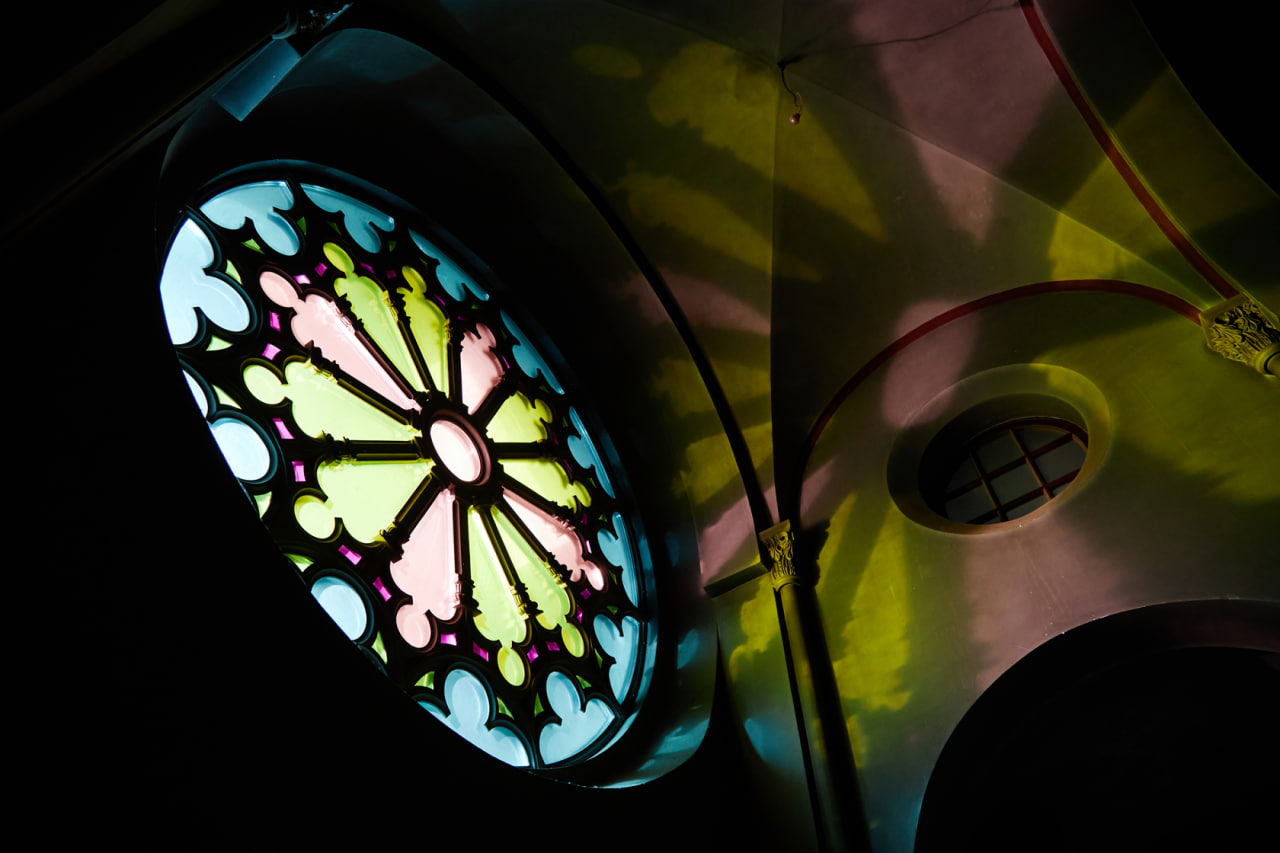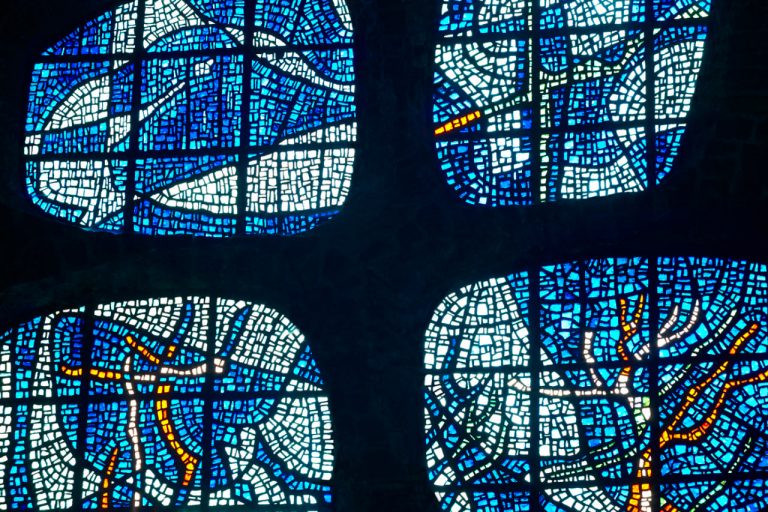Book Appointment Now

Color Psychology in Stained Glass Art: How Different Shades Change the Mood of a Space
Stained glass has long been admired not only for its craftsmanship but also for its powerful ability to influence the atmosphere of any room. Through careful color selection and intentional design, stained glass artists can create works that evoke calm, energy, joy, reflection, or spiritual connection. Understanding how different colors affect mood is essential for anyone looking to create stained glass pieces with emotional depth and visual harmony.
The Emotional Power of Color in Stained Glass
Color psychology explores how various hues impact human perception and emotion. In stained glass art, this effect is amplified because light passing through colored glass transforms the room’s ambiance entirely. The shifting play of sunlight across different shades creates a dynamic experience, making the colors feel alive and immersive. When choosing a palette for a new project, thinking about the emotional tone you want to set helps guide your creative decisions.
Warm Colors and Their Influence
Warm colors such as red, orange, and yellow bring energy and vibrancy into a space. They are often chosen to uplift the mood, stimulate creativity, or add a sense of warmth and openness.
Red
Red is bold, passionate, and attention-grabbing. In stained glass, it can symbolize love, strength, and vitality. Red pieces often create a sense of dramatic intensity, making them ideal for focal points or spaces where emotional expression is encouraged.
Orange
Orange strikes a balance between the boldness of red and the cheerfulness of yellow. It evokes enthusiasm, creativity, and warmth. This color brings a friendly and inviting feeling, making it suitable for living areas or crafting studios.
Yellow
Yellow is associated with positivity, optimism, and clarity. When sunlight passes through yellow stained glass, the effect is bright and uplifting. It can help energize a dim room and create a cheerful environment filled with light.
Cool Colors and the Atmosphere They Create
Cool colors such as blue, green, and violet tend to calm the senses and create peaceful, introspective moods. These shades are particularly effective when designing spaces meant for relaxation, meditation, or reflection.
Blue
Blue is known for its calming and soothing qualities. In stained glass, it often represents serenity, trust, and clarity. A room with blue stained glass elements feels tranquil, making this color a popular choice for bedrooms, reading nooks, or sacred spaces.
Green
Green symbolizes growth, balance, and renewal. It brings a sense of harmony and nature into the space. Green stained glass works beautifully in areas where you want to feel grounded and relaxed, such as home offices or garden-facing rooms.
Violet
Violet is associated with imagination, spirituality, and deep contemplation. When used in stained glass, it can create an elegant, mysterious atmosphere. Violet hues work well in creative spaces, offering inspiration and a sense of inner discovery.
Neutral Shades and Their Subtle Effects
While bold colors often get the most attention, neutral tones play a vital role in shaping the ambiance of stained glass art. These shades include white, gray, brown, and clear textured glass.
White and Clear
White or clear stained glass symbolizes purity, openness, and simplicity. These shades allow light to pass freely, brightening the space without overwhelming it. Clear textured glass adds visual interest without strong emotional impact, making it a versatile design element.
Gray
Gray evokes balance, sophistication, and calm. It is often used to soften bold color palettes or add a modern touch. Gray stained glass can create a contemplative, peaceful atmosphere.
Brown
Brown conveys warmth, stability, and earthiness. It pairs naturally with organic themes and works well in rustic or cozy spaces. Brown glass also enhances designs inspired by nature or traditional crafts.
Combining Colors for Emotional Impact
Stained glass becomes even more powerful when colors are thoughtfully combined. The interaction between hues can amplify or balance their emotional effects.
Complementary Combinations
Pairing colors opposite each other on the color wheel—such as blue and orange or red and green—creates strong visual contrast and dynamic energy. These combinations are perfect when aiming for a bold, lively piece.
Analogous Combinations
Analogous colors, such as blue-green-teal or red-orange-yellow, produce harmony and flow. They evoke a sense of unity, ideal for calming, cohesive designs.
Monochromatic Palettes
Using variations of the same color highlights depth and texture. Monochromatic stained glass brings elegance and simplicity while creating a cohesive emotional tone.
Light, Space, and Color Interaction
The effect of stained glass colors depends not only on the hues themselves but also on how light interacts with them. A design may appear different depending on the time of day, the strength of natural light, and the orientation of the window.
Morning light may soften warm hues, creating a gentle, welcoming glow. Afternoon light tends to intensify cool colors, enhancing their depth and richness. Understanding these shifts helps artists choose shades that maintain the desired mood throughout the day.
The size of the space also matters. Strong reds or deep violets may feel overwhelming in a small room but dramatic and striking in a larger one. Light, airy colors like pale yellow or soft blue work beautifully in compact areas, keeping them bright and open.
Designing Stained Glass With Mood in Mind
When planning a new stained glass project, think about how you want the space to feel. Are you aiming for a peaceful retreat, a creative studio filled with energy, or a dramatic centerpiece that captures attention? Color selection becomes your emotional toolkit.
Consider the room’s function, the available light, and the emotional tone you want to express. By blending intuitive choice with an understanding of color psychology, you can create stained glass art that shapes the atmosphere in powerful, meaningful ways.



